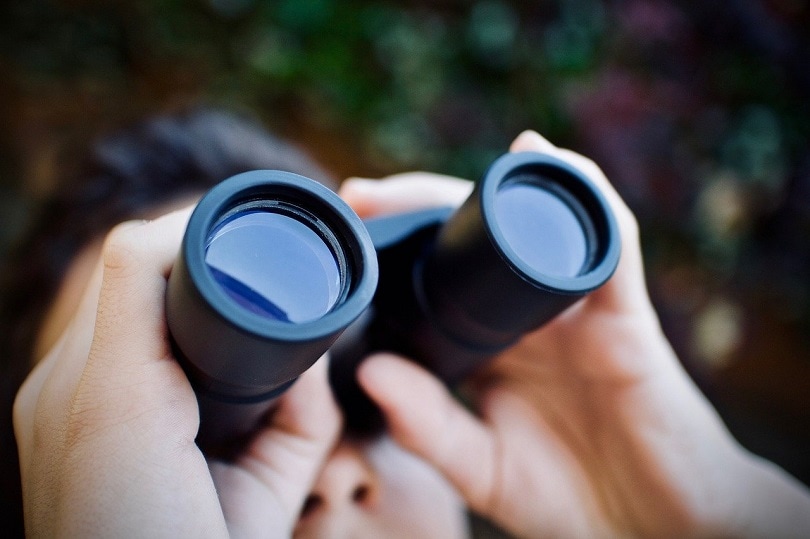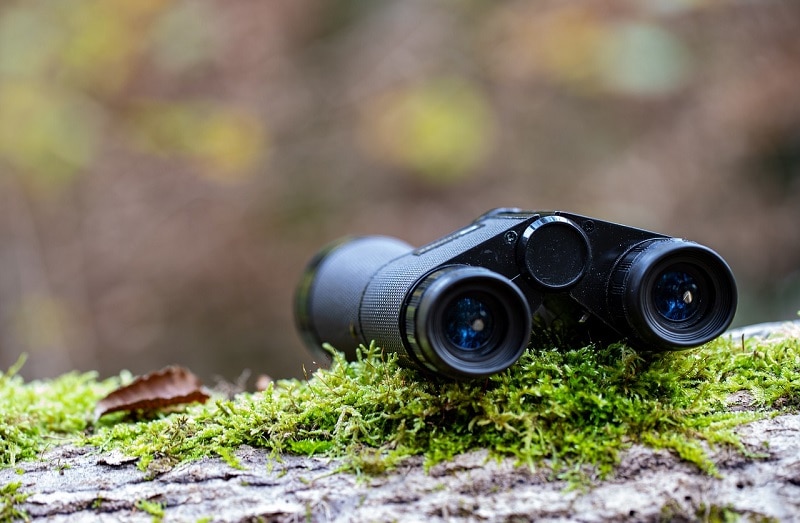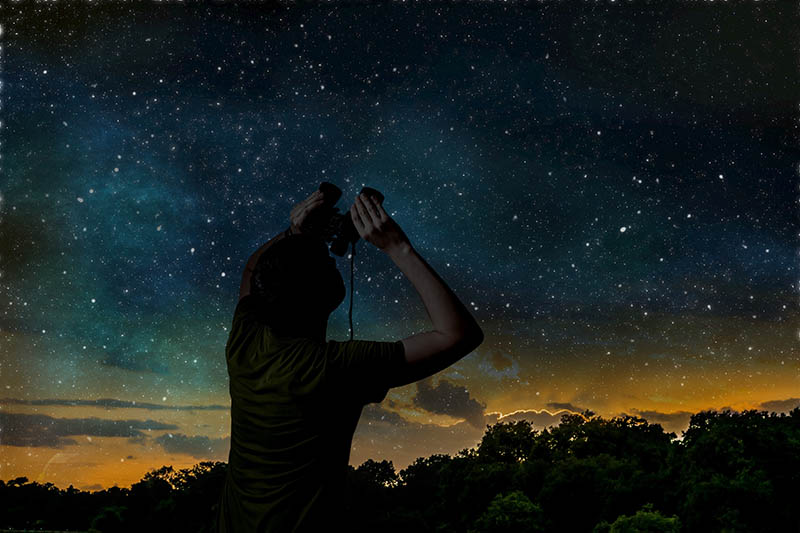What Does 20X50 Mean on Binoculars? Our Helpful Guide
Last Updated on

Binoculars come in all shapes and sizes to suit a broad spectrum of viewing situations. Checking specs is essential in getting the best fit for your unique uses. Though not ideal for every scenario, a 20X50 set of binoculars magnifies objects 20 times and draws light through a 50 mm objective lens, which is an excellent daytime set of binoculars. Let’s explore how 20X50 binoculars can help you get more out of memorable moments.

What Does 20X50 Mean on Binoculars?
Binocular ratings showcase two numbers; the first is the magnification, and the second is the aperture. A 20X50 pair of binoculars will magnify objects 20 times and draw light through a set of 50 mm objective lenses.

Magnification
Images enjoy a healthy 20-fold magnification with 20X50 binoculars. Binoculars can have magnifications as low as 4X and as high as 35X. By those standards, a 20X magnification is relatively impressive.
The problem with a 20X magnification is stability. Though everyone is different, you can typically only keep binoculars reasonably steady when the magnification is no more than 10X. When you double that maximum to 20X, you’ll need a tripod to keep your target in frame.
If you don’t like the idea of a tripod, you can try an upgraded pair with image stabilization, but you must test them before buying to see how they will work for your uses. Remember to include the extra cost of stabilization technology or a tripod when budgeting for your 20X50 binoculars.
Aperture
The aperture of a 20X50 set of binoculars denotes the size of the objective lens and, subsequently, the amount of light it allows in. Apertures can go up to 80+mm, so a 50 mm size is relatively substantial, giving you a bright and wide field of view.
For 20X magnification, a 50 mm aperture is about as low as you can comfortably go while keeping the exit pupil at the eyepiece within a reasonable range. That means that although they’re relatively bulky compared to all the binoculars available, they’ll be some of the lightest, most portable high-powered binoculars you can get.

When Would 20X50 Binoculars Be Practical?
A 20X50 set of binoculars can be an excellent solution for various daytime and nighttime situations. Dividing the aperture by the power gives us the exit pupil size, the size of the hole through which light exits. The general rule of thumb dictates that it should be roughly the size of your pupil. In the bright light of day, your pupil is at its smallest at around 2–3 mm. Since 50 divided by 20 is 2.5, 20X50 binoculars are a perfect fit to get the most out of daylight scenes.
The drawback to the enhanced magnification is the shakiness while handling the binoculars. You’ll need a tripod to use them properly, making them impractical for keeping a clear look at objects on the move. But they’re perfect for far-off and relatively stationary objects. The following are a few practical places to use 20X50 binoculars during the day:
Sea sighting to watch boats & marine life

Watching bird roosting sites

Getting super close-up views at concerts & sporting events

Viewing mountainous landscapes


Stargazing with 20X50 Binoculars
At night, the magnification from 20X50 binoculars may seem too large and the exit pupil too small to get enough usable light from already dim objects. Although it isn’t as ideal for certain sights in the evening sky, the high power can add spectacular detail to well-defined points. The moon is an excellent example. It gives off ample light for a dimmer set of binoculars, and the extra magnification can do wonders for tracking the changing terrain as the moon phases shift.
You’ll need a tripod for comfortable viewing with 20X50 binoculars, and it can be tricky to locate objects through them, as the field of view is relatively small for the power. But for bright point sources, it can be an outstanding tool.
By some measures, an exit pupil of around 3 mm provides optimal viewing. Even with a lower exit pupil, you can get excellent definition because the contrast of bright objects against the night sky won’t change much. Use 20X50 binoculars to get more clarity from objects like Jupiter’s moons, Saturn, and long-distance double stars.

Helpful Specs
Given the weight, exit pupil, and potential uses for a 20X50 set of binoculars, a few noteworthy specs can ensure you get the most from them. Some essential features to consider include the following:
- Weatherproofing: Avoid the need to take down your binoculars when it starts raining
- Lens coating: Higher-quality multi-coated lenses reduce light reflection, enhancing brightness and clarity
- Eye relief: A longer eye relief of over 11 mm is necessary for people wearing glasses
- Tripod thread: Allows for tripod attachment
- Fog resistance: Maintains crystal-clear images through the eyepiece
- Prism types: Porro prisms provide better clarity, more brightness, and a wider field of view than roof prisms
Depending on your uses, you may also want to invest in upgraded specs like image stabilization. Remember that specs only point you in the right direction and shouldn’t be the final criteria for your purchase decision. No matter your needs or budget, testing before buying is essential in finding the right fit for your eyes and construction standards.

Conclusion
When you buy 20X50 binoculars, you get relatively lightweight high-powered magnification, ideal for long-distance viewing. Are they perfect for everyone? Definitely not. They aren’t the best specs for a general-purpose or beginner set of binoculars, and holding them steady can be frustrating in many situations. But for avid birdwatchers, stargazers, and other spectators, 20X50 binoculars can easily find a place in the arsenal.
Featured Image Credit: sweetlouise, Pixabay
About the Author Robert Sparks
Robert’s obsession with all things optical started early in life, when his optician father would bring home prototypes for Robert to play with. Nowadays, Robert is dedicated to helping others find the right optics for their needs. His hobbies include astronomy, astrophysics, and model building. Originally from Newark, NJ, he resides in Santa Fe, New Mexico, where the nighttime skies are filled with glittering stars.
Related Articles:
How to Collimate Binoculars: 9 Expert Tips
Binocular Magnification Chart: Numbers & Distances Compared
What Is the Best Binocular Magnification for Hunting? Optical Features Explained
When Were Binoculars Invented? History, Today & Future
Can You Use Binoculars to Look At Stars? How to Choose the Right Pair
How to Choose Binoculars for Bird Watching: 10 Expert Tips
10 Best Binoculars in Canada of 2024: Reviews & Top Picks
Infrared Binoculars vs. Night Vision: Which Should I Choose?
